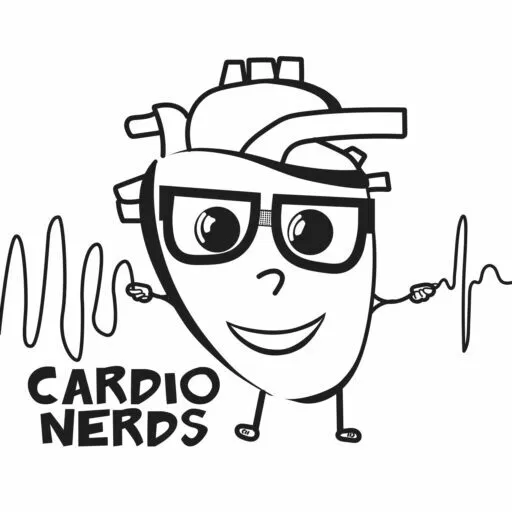"My name is Uwe Zeymer. I'm an interventional cardiologist working in the Hospital of Ludwigshafen and in the Institute for MI Research, located in Ludwigsafen as well.
Reasoning Behind this Sub-Analysis
Patients with cardiogenic shock caused by acute myocardial infarction have a very high mortality, and we have seen that with an invasive strategy and vascularization of the culprit lesion, preferably with PCI, we could bring down the mortality from 70% - 80% to 40% - 50%, but we can get lower.
So over the last, I would say, 20 years, we have seen a stable high mortality in patients with cardiogenic shock despite early revascularization. Now, that's the reason why we are thinking about what can we do else? And these are mechanical support devices, and we have done a trial with the intra-aortic balloon pump, which was the most widely used mechanical support device over years, but this trial was completely negative or neutral, I would say.
So we did a six-year follow-up, and even after six years, there was no advantage of intra-aortic balloon pump. So after this trial, there was a steep increase in the use of the active mechanical support devices like impella and like VA-ECMO. Despite the lack of clinical evidence for these devices, they are more expensive; they clearly have a higher rate of adverse events, and therefore we thought we need a trial to show if VA-ECMO is beneficial in this very high-risk population.
Patient Population and Study Design
So what we thought is that we need a high-risk group of cardiogenic shock. Cardiogenic shock per se is a high-risk group, but we wanted to have a high mortality to have a chance to reduce this high mortality. Therefore we used the usual shock definition. So blood pressure below 60 millimetres of mercury, but we were asking for a lactate of more than three because we have seen in the previous trial with this lactate we would have a mortality around 50%, and we thought that we would have a control in the control group, a mortality of 49%.
And then patients were randomised to the best medical treatment or implantation of VA-ECMO very early, even before PCI. The primary endpoint was quite simple, so 30-day all-cause mortality, and we assumed that with the VA-ECMO, we could reduce mortality from 49% to 20% to 35%, and therefore we needed 420 patients.
And we enrolled in Germany in 41 centres, these 420 patients, and we just lost three patients because they did not give informed consent after they were stabilised.
Key Findings
The key findings were that we reached this 49% mortality in the control group, but there was no reduction of this mortality with the implantation of the VA-ECMO.
And in the presentation today, we focused on the patient with cardiac arrest because these are very high-risk patients, and what we thought is maybe in this very high-risk group there might be a benefit of VA-ECMO. And what we found is that the mortality interestingly between patients without and with cardiac arrest was not different.
The patients with cardiac arrest were somewhat younger, but they had a higher lactate on admission and the mortality was around 49% in both groups. And within the patients with cardiac arrest, we did additional analysis where we looked for the time to ROSC ten minutes, eleven to 20 minutes or even more than 20 minutes. And even there we didn't find any difference with respect to the efficacy of ECLS.
What we found that complications like bleeding complications or vascular complications were higher regardless if the patient had cardiac arrest or not.
Unexpected and Surprising Results
What was somewhat unexpected that there was no difference between the patients without cardiac arrest or short-term to risk or longer term to risk. So there was a very consistent effect or not an effect of ECLS. So we didn't find any difference between the groups.
Take-Home Messages
The routine use of ECLS, even in severe cardiogenic shock, does not improve outcome regardless of cardiac arrest before randomization or before hospital. Yes or no? The problem is that we all know patients that would have a benefit from a mechanical support device, but to pick out this patient might be extremely difficult.
So my take-home message would be think over your strategy, whom you put on such a device because clearly you will have an increase in cost; you will have an increase in complication rate. So it might be that the younger patients might have benefit. But I would be very sceptical in the elderly population because we have seen that there was no benefit at all, and we need more data and maybe more trials to figure out which patient population would have a benefit.
And I personally guess this will be only a small proportion of patients with cardiogenic shots.
Further Study Needed and Next Steps
So what we will do, we will put together all the data of patients with cardiogenic shock receiving any kind of mechanical support device, and with this wider population, we might be able to sort out some patient to have benefit. And clearly we need more trials with maybe a younger population and see if in this younger population we might see a benefit close."








Comments